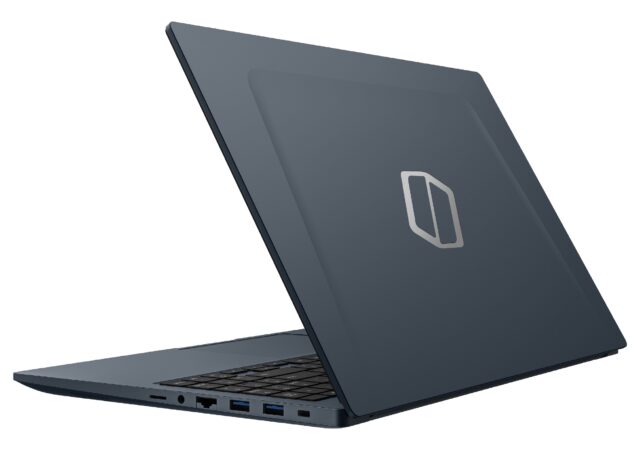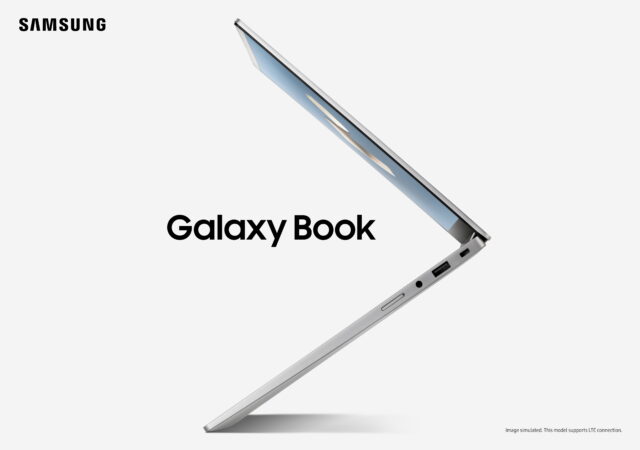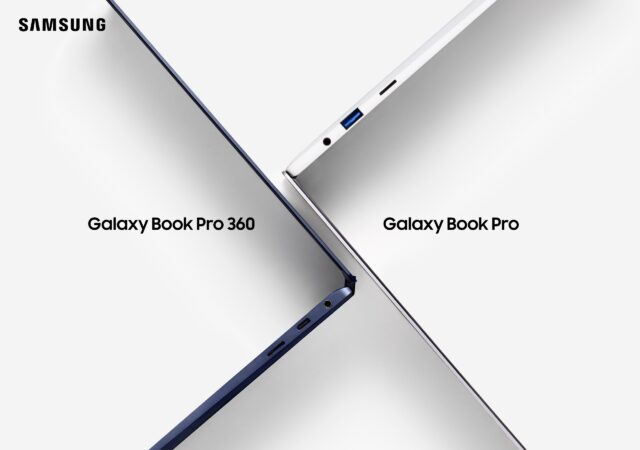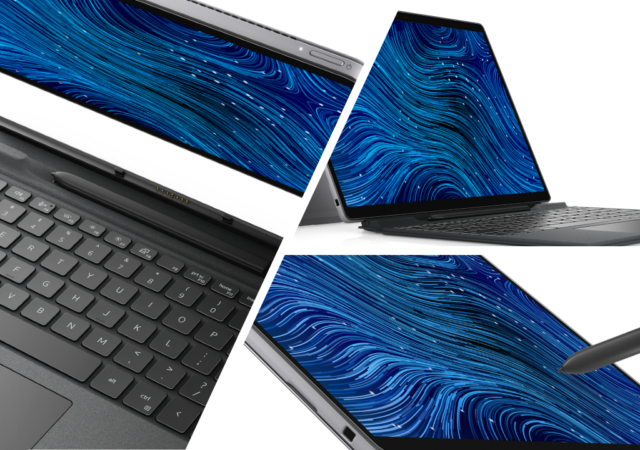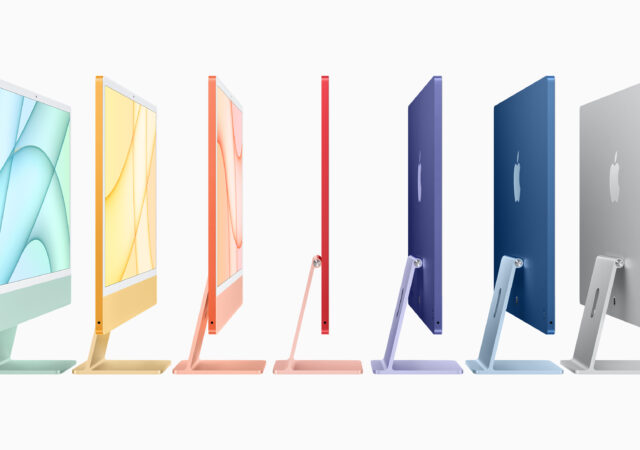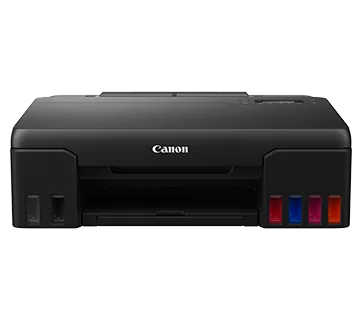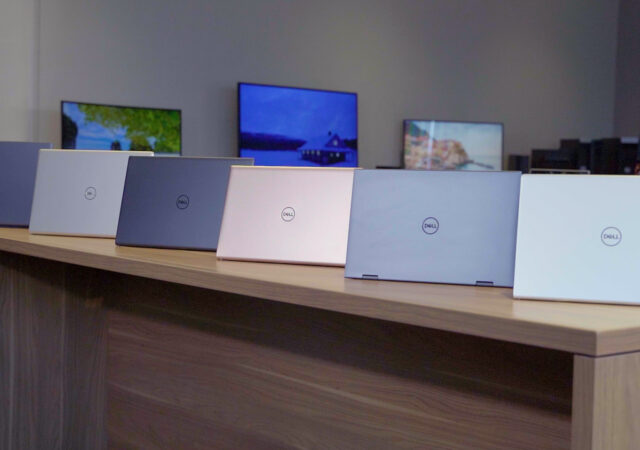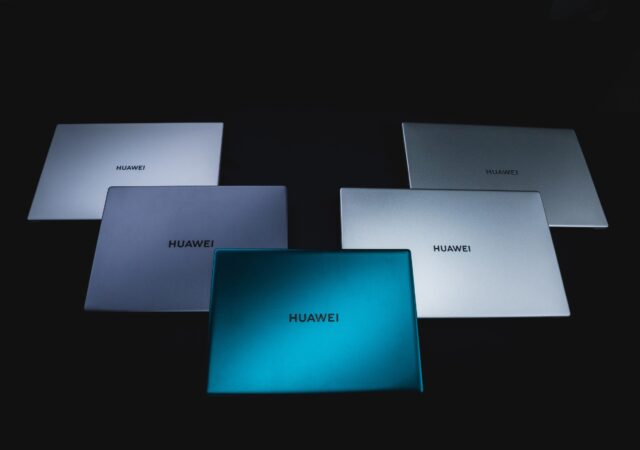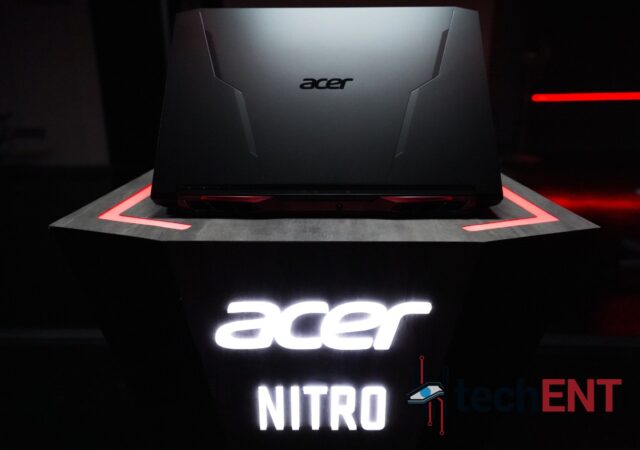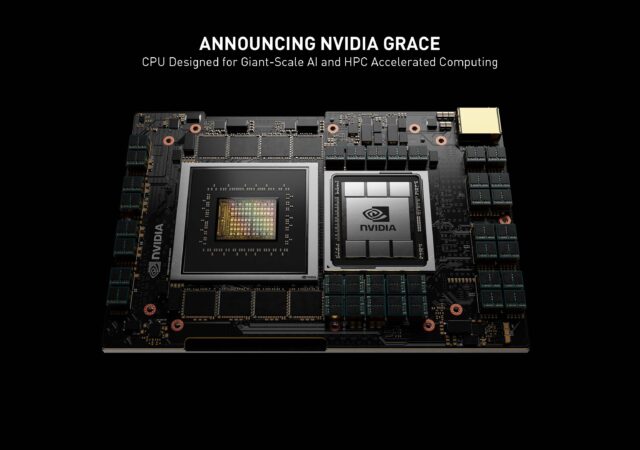Samsung launches their new gaming laptop line-up in the Galaxy Book Odyssey packing NVIDIA’s latest GeForce RTX 3050Ti.
Samsung Launches the Samsung Galaxy Book at US$ 549
Samsung’s Galaxy name is not just stuck to smart home products and smartphones anymore with the most recent Galaxy Unpacked 2021 event (April). Now, you can find the Samsung Galaxy name on notebooks. To be fair, this is not the…
Samsung Unpacked Event Launches the Samsung Galaxy Book Pro and Galaxy Book Pro 360
Samsung launches their new notebook experience witht the Samsung Galaxy Book Pro and Galaxy Book Pro 360 notebook PCs at April Unpacked 2021.
Work From Anywhere with the new Dell Latitude 7320 Detachable
Dell announces a new Dell Latitude Detachable which brings even more mobility focused features for the new work from anywhere realities.
Apple’s New 2021 iMac is the Thinnest, Most Colourful, and Most Advanced Ever
Apple launches the new iMac for 2021. The new Apple iMac features the Apple M1 chip and up to seven colour options from MYR 5,599 onward.
More is Better – Canon Launches Printers with 6 Ink Tanks
Canon launches the PIXMA G570 and PIXMA G670 with six ink tanks for even more vivid and true to life colours.
Breathe Easy with the New Dell Inspiron Line Up & Its Smaller Carbon Footprint
Dell refreshes their Inspiron line up with a brand new design and even more versatility with new offerings that bring more to the table.
HUAWEI MateBook 2021 Series Comes to Malaysia!
HUAWEI releases the new 2021 series of HUAWEI MateBook noteboks PCs with Intel’s 11th Generation Core processors.
Acer Launches the Nitro 5 with AMD Ryzen 9 and NVIDIA GeForce RTX 3080
The Acer Nitro 5 for 2021 can be a beast with AMD’s Ryzen 9 and RTX 3080 inside. Available for pre-order from MYR 3,699 onward.
NVIDIA Grace CPU for Datacentres for Next Generation Super Computers
NVIDIA announces project Grace in GTC 2021. The NVIDIA Grace CPU is the next generation processor for datacentres.



